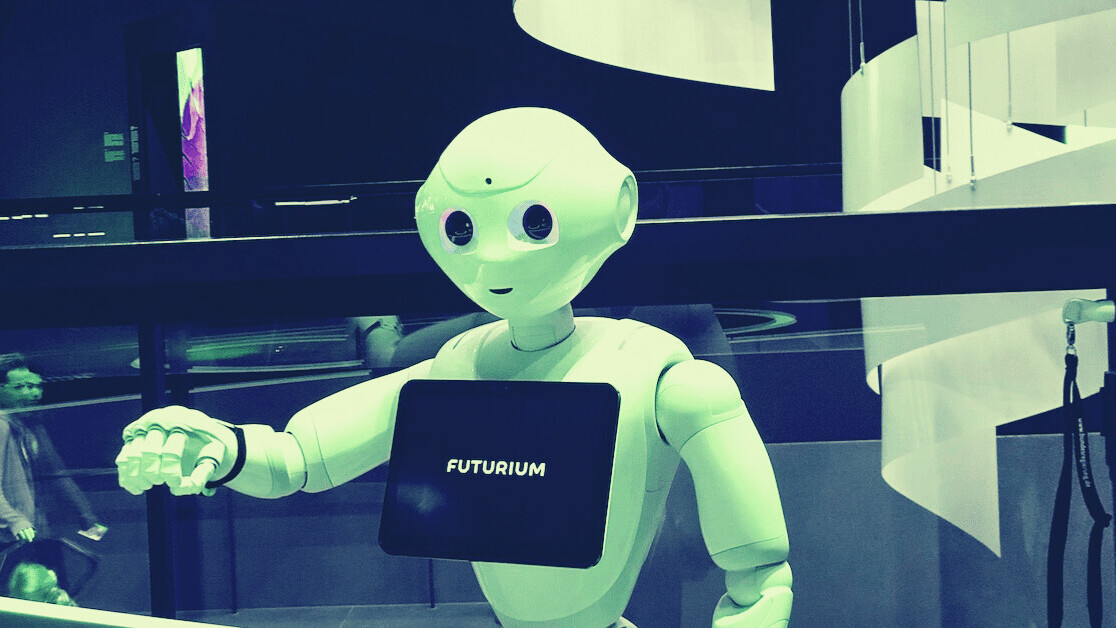
2020 was a year of rapid adaptation. Companies quickly, at times haphazardly, pivoted as fast as possible to new digital solutions that would keep supply chains functioning, employees and teams connected, and products accessible to customers.
In most cases, companies found that this quick switch accelerated their rate of new tech adoption and experimentation. Plans on the backburner to ‘eventually’ see how blockchain, IoT, or AI could be leveraged were suddenly added to the list of starters.
2021 will be a year of refinement. Companies are now wiser about what works and what doesn’t, and will yet again be experimenting with how they can use newly adopted tech to refine processes and innovate in ways not thought of before.
Techleap.nl’s Rise Program is focused on providing fast-growing Dutch scaleups with the tools they need to take on the global market. We spoke with three of their cohorts to find out what new trends they see on the horizon this year.
Using tech to enhance digital relationships with customers

Online supermarket app, Crisp, started out on a mission to bring fresh products directly from producers to their users’ doors. Not only would ingredients be fresh, their bet was that the convenience and time-saving benefits that online shopping could bring would attract families who wanted to spend less time at the supermarket and more time with their loved ones.
Of course, when social distancing concerns became a major factor in consumer behaviors, Crisp was already ahead of the game. As CFO Michiel Roodenburg explained to TNW,
One of the most important tech trends we’re experiencing is an increased level of personalization in B2C. By leveraging the power of large data sets, more online retailers are able to create individualized shopping experiences.
This enhanced capability has allowed them to not only make the shopping experience faster and more convenient; it’s also helped them go beyond simply meeting customer expectations.
“Using data in a smart manner allows us to combine convenience with inspiration,” Roodenburg said. “Users want to buy their usual products as quickly as possible and we can help them by suggesting these. In addition, we offer a layer of inspiration with an offering that is new but equally relevant.
“For example, in our recipe section, our offering is automatically adjusted to make it more relevant. We’ve seen that this also increases the average order value, positively impacting the logistical cost ratio, which is very important in the online food business.”
This has also helped them streamline different aspects of the customer experience.
“Tech enables our service team to effectively communicate with consumers. For example, by automatically categorizing questions or suggesting useful answers that the employee uses to send a richer answer.”
For companies that want to experiment with new strategies this year, Roodenburg suggests:
Focus on creating customer value as opposed to lowering costs. Improving your value proposition is, in my opinion, often more important. But it only works if the customer is truly the middle point of the organization. Technology does not make the distance with customers bigger; quite the opposite: it can help you become more intimate with the customer.
Easing the transition to the new normal with AI

Just like our shopping habits have changed, so have our work habits. While the quick switch to remote working was a struggle for many in the beginning, with over a year of Zoom meetings under our belts, some have now gotten used to the comforts of a home office, skipping the morning commute, and having extra time to spend with families.
The question is when the time does come for everyone to go back to the office, will we actually want to go back to the normal nine to five?
As Judith Huisman, co-Founder of Meetingselect, said, “Nothing can ever completely replace face-to-face meetings,” especially when it comes to team building, brainstorming, or branding activities.
Companies will therefore need to find the balance between in-person and more flexible work options. But this can also bring new opportunities for those willing to adopt new tech.
Meetingselect is at the crossroad between businesses and the hospitality industry, making it easier for organizations and enterprises to provide external meeting spaces, group bookings, and workplace solutions to their employees while helping hotels and venues attract more customers to their meeting spaces.
As Huisman explained, this requires a more strategic use of meeting data and AI-powered automation.
The meetings industry is a $450 billion industry, yet only 10% of those meetings are booked online. Even though we’re used to booking hotel rooms or car rentals in a few clicks, meeting bookings still haven’t been embraced by 90% of the market.
A couple of years ago people said, ‘why should I book a meeting online?’ Now no one wants to call and send emails anymore, they just want to search online and book it. That’s why you want to have an automated booking solution backed by Artificial Intelligence.
We now have large hotel chains that have signed on to our software solution to make that happen. We’ve also developed a booking engine so that small venues or boutique hotels don’t have to invest in the technology themselves.
Looking to the future, when we can begin traveling again for work, Meetingselect is now working on a new feature that will help companies calculate “The Best Place to Meet” in terms of Total Travel Time, Total Travel Cost, and CO2/carbon footprint reduction, and ease the process of flexible workspace and co-working space bookings.
Digitizing workplace knowledge and learning

One of the biggest challenges manufacturers have faced over this past year has been the breakdown and fragmentation of communication lines. With warehouses and other facilities working at limited capacity due to social distancing measures, supervision and guidance for workers has been limited. As Willemijn Schneyder, CEO of SwipeGuide explained, this experience revealed a serious gap:
Covid-19 has forced companies to fundamentally rethink their approach to building knowledge capital. But as many experts have noticed, it’s also accelerating an inevitable digital transformation within the industry.
Manufacturers still struggle to capture something we call silent knowledge: the dos and don’ts of the job that live in the heads of long-time expert employees that simply never get recorded. Think about any process at your own job that’s not written down anywhere, it’s simply ‘how it’s done.’
As these employees retire or switch jobs, best practices and crucial operational knowledge is lost forever. Given the scale and tight tolerances of global manufacturing, the resulting errors and lost time can be catastrophic. If you develop the tools to capture this knowledge at scale, suddenly you’re able to improve and distribute it throughout your supply chain.
Not only is this a communication issue, it’s a safety issue. With the technology manufacturers are working with constantly evolving, workers need to be kept up to date with new operational procedures, safety measures, and potential hazards. Ironically, the learning process used to teach workers how to operate high-tech machinery is still low tech, with PDF-based instructions being the norm.
Much like a CMS, Swipeguide’s platform allows users to create, drag and drop, edit, publish, update, and share instructions with their workforce in real-time. This also allows companies to capture data on these instructions including usage, scoring, and feedback from workers. Best of all, it’s available on or offline and can be easily adjusted to different language and device preferences by users — meaning workers can easily access instructions wherever they are.
Schneyder believes this transition to digital workplace learning is just the beginning.
The best manufacturers are solving this problem and also thinking past the pandemic. Yes, the current situation has accelerated the process. But they’re laying the groundwork for future success by investing in digital solutions that will enhance productivity at scale for years to come.
For example, we’re really excited to see the development of something called the Workforce Digital Twin. This is the collection of expert knowledge, captured via apps, that’s stored in the cloud to be distributed among frontline workers. It’s an ever-improving and ever-expanding repository of your best knowledge that’s insulated from turnover, and simple enough to be customized for any person working on the factory floor.
We think of this as a now, near, future process. It’s a matter of taking today’s operational knowledge to build tomorrow’s digital twin, in order to build resilience and efficiency for the future.
Ready to step up your game, but don’t know where to start?
As Schneyder told TNW, “We would tell any company to look at their product and ask themselves: ‘how does our solution help connect people to the resources they need and make them more effective in a world dominated by remote work and new technology?’
“Once you’ve answered this, you can begin to position your product within any digital transformation at scale. We believe that when you focus on empowering the human elements first, the sky’s the limit.”
This post is brought to you by Techleap.nl
Get the TNW newsletter
Get the most important tech news in your inbox each week.






